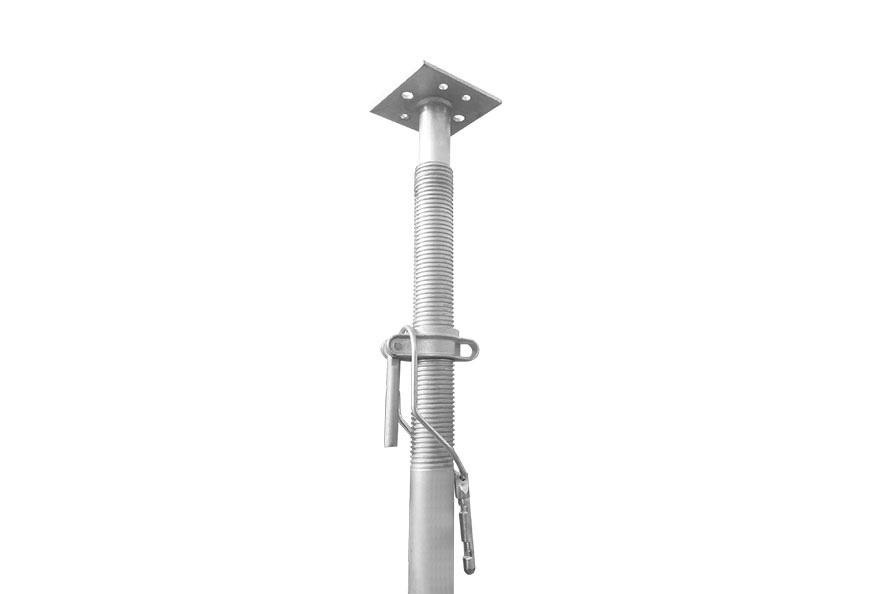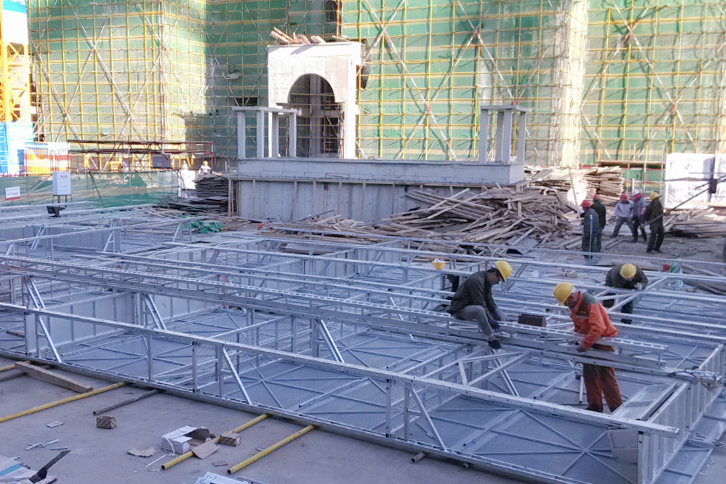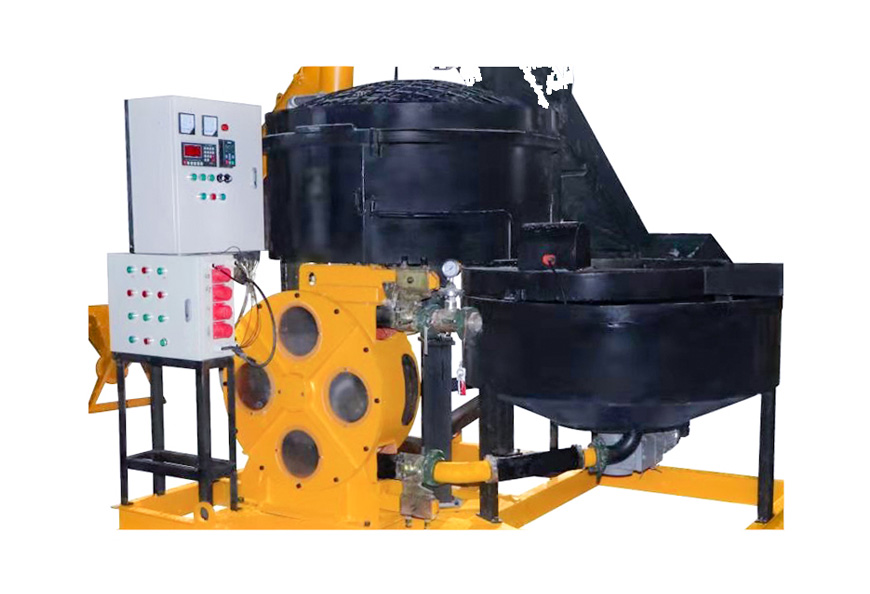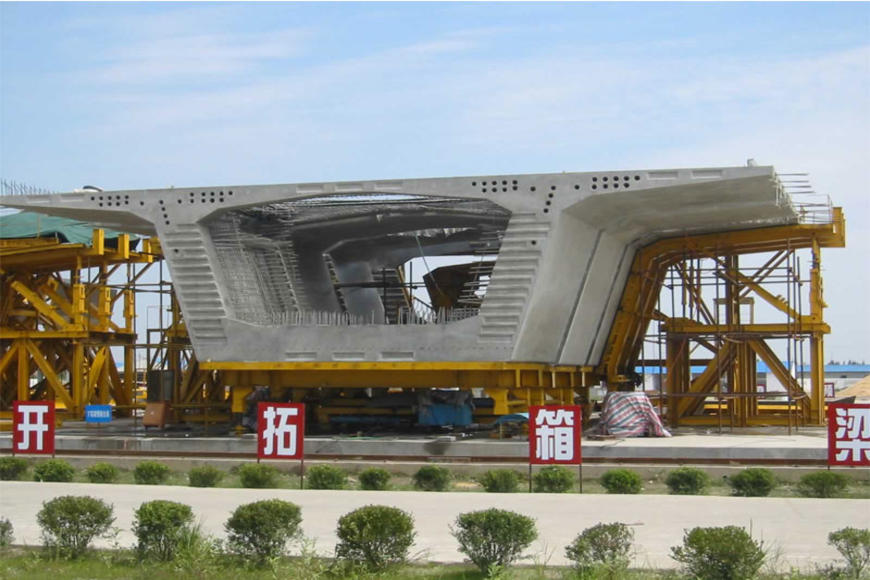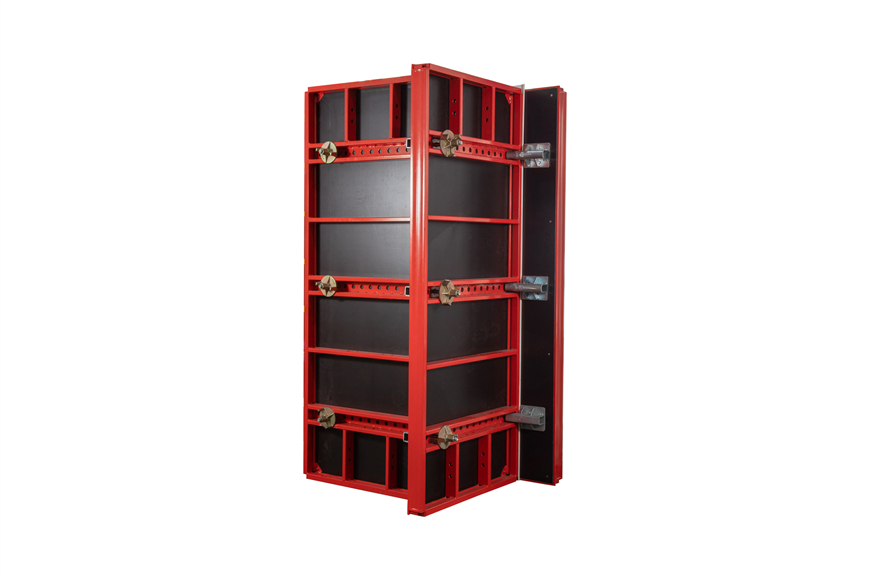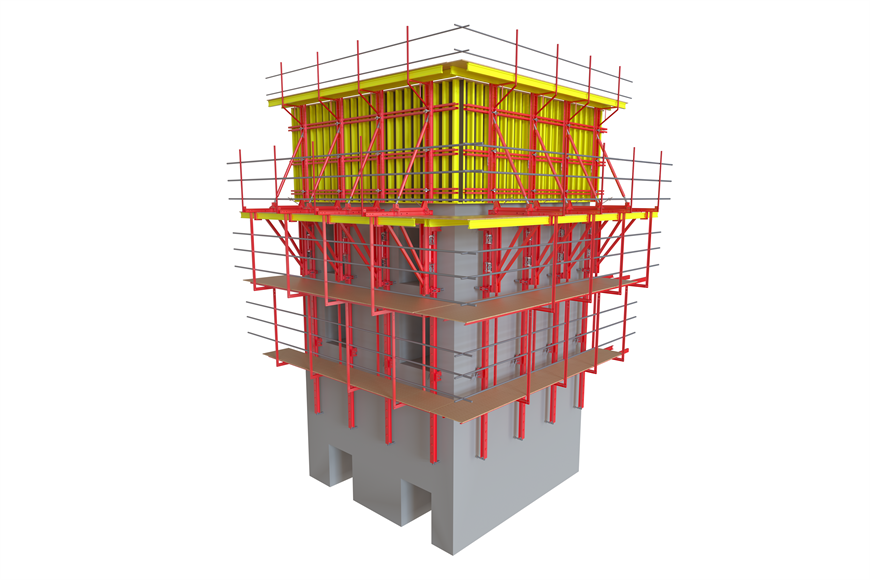In many types of buildings, bridges are a very important part, so bridge formwork is also very important. Bridge formwork is divided into highway bridge formwork and railway bridge formwork.
In the construction process of bridge formwork, we should not only pay attention to the problems of the project itself, but also pay attention to the safety of workers during construction. In order to ensure the safety of construction workers, the following safety measures should be taken during construction:
1. Before the construction of the bridge formwork, you should wear a safety helmet, check whether the tools used are firm, and tools such as wrenches must be hung on the body with a rope chain to prevent falling and hurting people. When working, you should concentrate your mind to avoid nails sticking your feet and slipping in the air.
2. When installing and dismantling the bridge formwork above 5 meters, scaffolding should be set up and protective railings should be set up. It is forbidden to operate up and down on the same vertical plane, and seat belts should be fastened when working at heights. And be careful not to stack large batches of formwork and other materials on the scaffolding, like high load scaffolding.
3. The wires erected on the bridge formwork and the electric tools used should use a 36V low-voltage power supply. Or take other effective security measures.
4. During the construction of bridge formwork, various accessories should be placed in the toolbox or tool bag, and are strictly prohibited from being placed on the bridge formwork or scaffolding; various tools should be hung on the operator or placed in the tool bag to avoid falling and injuring pedestrians.
5. High-altitude operators are strictly prohibited from climbing the composite bridge formwork and scaffolding systems, nor walking on the top of the high-altitude wall and its bridge formwork.
In addition, during the installation process of the bridge formwork, anti-overturning facilities must be provided, and when installing the side formwork, the bridge formwork should be prevented from shifting and protruding.
The foundation mold can be supported and fixed outside the bridge formwork, and the side molds of piers, platforms and beams can be fixed with tie rods. For tie rods cast in concrete, corresponding measures shall be taken according to the requirements of pulling out or not pulling the tie rods. For small structures, wire can be used instead of tie rods.
The bridge formwork and the reinforcement installation should be carried out in coordination, and the bridge formwork that hinders the binding of the reinforcement should be installed after the reinforcement is installed. The bridge formwork should not be connected with the scaffolding (except when the formwork and the scaffolding are designed as a whole) to avoid deformation of the formwork.
After the bridge formwork is installed, its plane position, top elevation, node connection, and vertical and horizontal stability should be checked, and concrete can be poured after confirmation. When pouring, if it is found that the bridge formwork may exceed the allowable deviation deformation value, it should be corrected in time.
